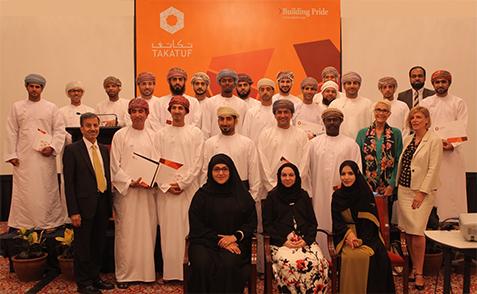HR for SMEs. Managing people related business issues.
November 9, 2020
Not Your Average Team Anymore
November 9, 2020Our world is rapidly changing and evolving. New technologies consistently emerge to replace the ones that we have just begun to understand and to stay relevant in such an age we must constantly adapt. These changes impact the employee experience within the workplace leading to an excruciating need to continuously and consistently engage our employees. Research by Gallup, the world leader in Employee Engagement, has proven that organisations with a high level of Employee Engagement have been known to have lower staff turnover, lower safety incidents, lower absenteeism and contribute to higher earnings per share.
So how do we measure Employee Engagement among our employees in this rapidly changing environment?
Employee Pulse Surveys
A pulse survey is a shorter form of survey that targets a more simplified and focused set of questions to involve employees on an ongoing basis. The purpose is to continuously engage employees with short questions at weekly, monthly or quarterly intervals and therefore allowing organisations to rapidly adapt to the results of the survey instead of waiting weeks or even months for data from an in-depth Employee Engagement survey to be analysed.
One aspect of the pulse surveys is that due to their overall simplicity and ease of answering, they generally receive a larger number of responses versus the more traditional Employee Engagement surveys. In addition, results from the pulse surveys will allow organisations to continuously analyse the impact of changes and implemented actions on a near real-time basis with clear indicators to track the quality of their implementation over a period. On the other hand, the neglect of regular employee feedback helps explain other challenges companies face today, including shortcomings in driving culture & purpose and providing a healthy work-life balance.
Corporations may adopt an approach of having both Employee Engagement surveys and Pulse surveys to complement one another, and once an Employee Engagement survey has been completed and action plans drafted, the organisation shifts to using Pulse surveys to assess and monitor the quality of their implementation on the various action plans, which in turn allows employees and the company to instantly track and adjust the outcomes.
High-performing companies have found ways to enrich the employee experience, leading to purposeful, productive and meaningful work. Creating a culture that consistently seeks the employee’s feedback leads to an increased level of commitment, productivity and retention within the organisation.
Co-written by:
Rashad Al-Jamali, SHRM – SCP
& Zahra Mustafa, SHRM-CP
Both Consultants at Takatuf
Republished with permission from AIWA magazine




